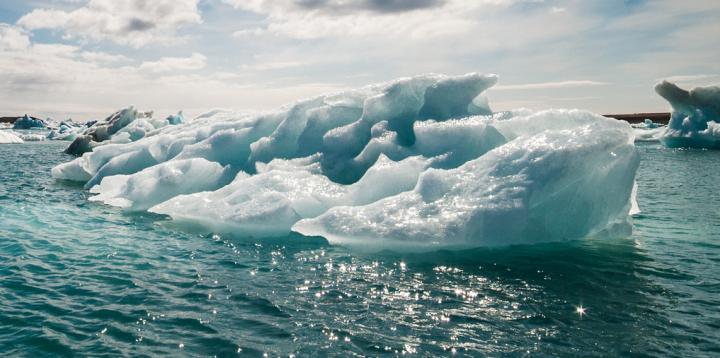Scientists present an analysis of source apportion of BC into the atmosphere throughout the Arctic in different seasons

Credit: Tomsk Polytechnic University
Scientists from seven countries, including Austria, the Netherlands and five key Arctic states (Russia, USA, Canada, Norway, and Sweden) – participants of the International Arctic Science Committee (IASC) published an article on the study of the so-called sources of black carbon emissions in the Arctic in the Science Advances.
Black carbon (BC) aerosols are formed under incomplete fuel combustion in diesel engines, as well as during wildfires, wood burning in wood-burning stoves, brick-kilns, and so on. The main component of black carbon is soot which falls on the surface of snow and ice thus decreasing the ability of the originally white surface to reflect incoming solar radiation. In turn, this amplifies the melting of snow and ice cover, and therefore, can accelerate global warming.
A co-author of the study, head of TPU International Research Laboratory for Arctic Seas Carbon, Associate Member of RAS, Professor Igor Semiletov says:
‘The article called Source apportionment of circum-Arctic atmospheric black carbon from isotopes and modeling for the first time presents an analysis of source apportion for soot aerosols or BC into the atmosphere throughout the Arctic in different seasons. The significance of studying atmospheric pollution with BC is determined by its global climatic and environmental impact. ‘
Black carbon pollutes the snow, darkens its surface. It starts absorbing solar radiation better, heat quicker, and melt faster. BC interacts with clouds that affects their development, amount of rainfall, and reflectivity. According to the study, these effects make the Arctic a particularly vulnerable part of the planet. In addition, BC negatively affects human health, ecosystems, and atmospheric visibility.
Prof. Semiletov notes: ‘In the present study, the seasonal contribution of various Arctic areas to BC emissions was revealed based on complex elemental and isotopic analysis of BC, known characteristics of main sources and the most contemporary transport models of atmospheric circulation.
The main BC sources were dominated by emissions from fossil fuel combustion in winter and by biomass burning, i.e. wildfires and other sources, in summer. The annual mean source of BC to the circum-Arctic made 39 ± 10% from biomass burning.’
According to the scientist, the results obtained are extremely important for the BC sources inventory and their seasonality that are necessary conditions for the elaboration of preventive measures taken by the International Arctic Science Committee.
###
Media Contact
Kristina Nabokova
[email protected]
7-382-270-5685
Original Source
https:/
Related Journal Article
http://dx.




